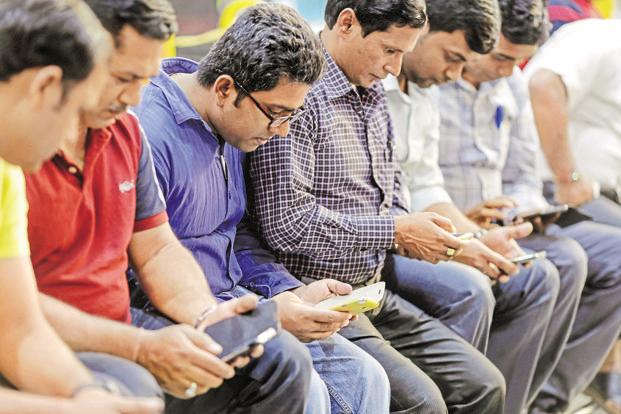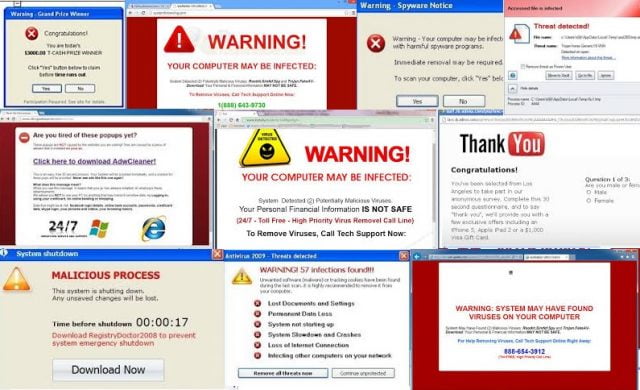According to the RSA Quarterly Fraud Report for the period between January 1 to March 31, 2018, India emerged as the 3rd most targeted country for phishing.
Phishing is the most common form of online fraud that takes place worldwide. As per the report, it accounts for 48 per cent of all forms of cyber-attack.
The report declared Canada as the most targeted country for phishing, with United States, India, Brazil and Netherlands completing the list of top five countries most targeted by this type of attack.
India’s name appeared in the hosting list for such attacks as well. The United States topped that particular list with Russia and India following suit.
What Is Phishing?
In the most layman terms, phishing is an attempt to obtain sensitive information such as usernames, passwords and credit card details, for malicious purposes, in the name of a trustworthy entity in electronic communication, often as email.

It is an attempt to trick someone into giving information over the internet. It is usually carried out by spoofing an email, making users enter their personal information on a fake website, the look of which is the same as a legitimate one.
Since it is similar to using a bait to catch someone, it is termed as ‘phishing’.
Why Is India Such A Common Target?
India’s place in the top five countries targeted by phishing is not a surprise, really.
With the consumer transactions taking place online increasing every day, the number of frauds have increased too.

Most people in India use mobile phones for internet. The report acknowledges the fact that consumer transactions as well as the fraudulent transaction in mobile channel have increased.
In the first quarter, 55 per cent of transactions took place on mobile, and of the fraud transactions, 65 per cent of them took place on a mobile application or browser.
Not everyone using internet in India are well-informed and aware. Designing click-baity content specifically to collect information from them is relatively easy. As a result, Indians become a soft target for hackers and phishers.
Also Read: How To Stay Safe From Banking And Credit Card Frauds
What Can You Do To Avoid Falling Prey To Phishing?

The most obvious reason why people fall prey to this technique is because of lack of awareness. Thus, the first step that needs to be taken to avoid phishing scams is to inform people about different phishing techniques used by hackers and phishers.
Clicking on links that are not verified or trustworthy can lead to phishing. Thus, whenever you are reading a mail, be careful and check which links you are clicking on.
There are many anti-phishing toolbars out there that keep a check on the links that you are visiting and compares them with known phishing websites. If it finds anything malicious, it will alert you.
Use of high-quality firewalls is also recommended. They act as a layer of protection between your computer/mobile and malicious software.

One should also be aware of pop-ups as they often masquerade as legitimate parts of a website. However, more often than not, they are phishing attempts.
The report is an eye-opener for the ever-growing internet users in India. It presents a picture of the fraud that is prevalent in the cyber world, with the risk of use of data and information for malicious purposes increasing.
Image Credits: Google Images
Sources: Times of India, Firstpost + more
You’d also like to read:
http://edtimes.in/2016/06/ourmine_hacking_celebrities_accounts/

































